What Are The Benefits of Leg Compression Boots?
Written By Alecsa Stewart
Scientifically Reviewed by Daniel Chantigian
Along with compression socks, hot and cold therapy, and massages, leg compression boots are becoming a popular recovery tool for athletes. But why? Well, the scientific research has shown there are many therapeutic benefits of using compression boots, which includes improving blood flow in the legs, reducing muscle soreness, and speeding up recovery. Yet, these devices are not easily accessible as they are expensive and not easy to use by yourself.
So, what do leg compression boots do? Are they beneficial for workout recovery? Should you buy a pair of intermittent pneumatic compression boots? Read on to get a summary of the research, the proven benefits, and the key differences between them and other compression garments (that may be easier on your wallet!).
What Are Compression Boots?
First off, let’s discuss what compression boots are. As the name suggests, they are devices that look like boots that can cover the part of the leg or even whole leg. When in use, compression boots alternate between inflation at a set pressure and deflation. This provides what is known as intermittent pneumatic compression. This device originated as a medical tool, used for patients suffering from deep vein thrombosis or blood clots, low or no mobility, or other conditions like lymphedema. Now, they are available and frequently used for sports recovery in athletes, but they are cumbersome and expensive.
What Do Compression Boots Do?
Like compression socks or leggings, compression boots apply pressure to the legs, stimulating blood flow and massaging the lower limbs. Circulating the blood also benefits lymphatic drainage and waste removal (e.g., metabolic waste produced during exercise or pooled fluids from sitting too long). Forms of compression help bring down inflammation, reduce soreness, and even speed up the recovery process after hard workouts.
Compression boots are unique because you can inflate and deflate them yourself. This mimics blood pumping from the heart to the muscles. This is the key difference between the boots and more traditional compression wear like socks and tights, which are simply garments and not medical devices. At the same time, wearable compression garments allow the user to benefit from their action throughout the day and can be fashionable accessories. Boots are cumbersome, expensive, and not something you can easily add into your daily routine.
What Are the Benefits of Compression Boots?
Compression boots allow you to inflate and deflate them rhythmically, massaging the legs and stimulating blood flow. This helps improve circulation, which might reduce the time it takes to recover from exercise as well as support lymphatic drainage. They can also be used for specific cases of injury recovery.
Improve Blood Circulation
Compression therapy has been used in medical settings for decades to treat conditions linked to poor blood flow, such as venous ulcers or needing to enhance arterial circulation. Compression boots work like an active massage, applying different levels of intermittent pressure to the legs, which science shows to be helpful for lymphedema. This stimulates blood flow and prevents pooling at the same time. Unlike socks or leggings, boots allow the user to use different compression levels and to both inflate and deflate, offering a more dynamic approach. They can be a good solution for those who need higher levels of compression or who cannot wear compression tights for the required length of time (but can tolerate treatments of 15-20 minutes with intermittent compression).
According to the Cleveland Clinic, hospitals often use pneumatic compression devices to support the blood flow of patients with restricted mobility (e.g., when recovering from illness, stroke, or a surgery).
Reduce Muscle Soreness and Fatigue
A systematic review of research on compression garments confirmed that they are effective in enhancing recovery from muscle damage. In other words, after hard workouts like high-intensity interval training or long runs during marathon training, you can use compression to improve muscle recovery, soothe aches, and reduce the fatigue you would naturally experience.
Compression boots are just one of the types of garments or devices that can offer this benefit. They are, however, more cumbersome than wearing full-length tights or knee-high socks. Some studies show that intermittent compression is very effective in mimicking the heart rhythm thanks to the muscle pump, which gives these boots an apparent advantage over wearing traditional compression socks. Moreover, a 2024 systematic review found that results were highly variable among studies when it came to improvements in muscle damage.
 Browse stylish, fun-to-wear compression socks for every day.
Browse stylish, fun-to-wear compression socks for every day.
Help Minimize Swelling
Just like compression tights and socks, the use of intermittent compression helps reduce swelling and to minimize it once it has occurred. This is because the massage compression boots provide to the legs stimulates blood flow and lymphatic drainage, which prevents fluid from pooling in the legs. They may also reduce inflammation thanks to better blood flow.
Speed up Injury Recovery
In a 2014 study on Olympic athletes, compression boots were found to accelerate and boost recovery following hard training. This is linked to the improvements in blood flow and the massage action on the muscles. We can extrapolate from this that compression boots might also help speed up injury recovery, particularly in cases of tendon or muscle strains. The increase in blood flow delivers more nutrients and oxygen to the muscles, helping them repair. However, it’s important to note that some other studies question how well compression boots impact long term recovery from muscle damage.
Support Lymphatic Drainage
Intermittent pneumatic compression has been proven to improve limb volume. It has also been reported that they improve comfort levels and have other benefits like reducing the risk of infection for lymphedema patients. This systematic review assessed multiple applications (not just the legs and compression boots) and concluded that results varied widely depending on the protocol used and where it was applied.
For the lower limbs, it showed that pressures of 60 to 120 mmHg applied 3 to 7 days per week for 45 to 120 minutes at a time would work well. This is something that compression socks or stockings cannot replicate, as they are unable to achieve such high pressure on the legs.
Nevertheless, lymphatic drainage is improved effectively by compression socks worn regularly, despite the lower pressure levels. Your situation and medical history will influence whether your doctor recommends using leg compression boots or suggests a “lighter” approach.
 Wear stylish compression leggings for all-day benefits.
Wear stylish compression leggings for all-day benefits.
Who Are Compression Boots For?
Compression boots help increase blood flow in the lower body and reduce muscle soreness, while massaging the legs. This makes them useful for:
-
Athletes and casual sports enthusiasts looking to recover after hard workouts
-
People with poor circulation or those that may suffer from blood clots, swelling, or venous ulcers
-
Patients recovering from surgery or on long-term bed rest
While they were initially used in hospital settings, compression boots are now available to purchase widely - often under the name “recovery boots.” However, they are more costly and cumbersome than using more “traditional” compression garments like tights and socks.
How Compression Socks and Leg Sleeves Compare
The key differences between compression boots and socks and sleeves are:
-
The more dynamic approach to compression, through inflating and deflating the boot (which is very similar to a massage)
-
The higher levels of compression that can be achieved with the boots
-
The shorter duration of wearing them - you’ll only need to have the compression boots on for 15-20 minute bouts of treatment, as opposed to wearing a pair of compression socks all day
On the other hand, compression socks and calf sleeves come in a variety of colors and designs and can blend into your outfits seamlessly. You can wear different levels of compression, according to your needs and activity levels. And you can experiment with different fabrics, allowing you to benefit from compression throughout the day, whether you’re hiking, exercising, or just sitting at your desk.
There is a use for all types of compression garments, depending on your medical condition, mobility levels, and interests. Reach for fashionable, colorful graduated compression socks to get a boost in blood flow, soothe aching limbs, and support your muscles and joints as you exercise. Or, if you are less mobile or need a very targeted and high-compression recovery method, then compression boots might be the option for you.
References
Cleveland Clinic. (2023). Intermittent Pneumatic Compression. Read it here.
Hill, J., Howatson, G., van Someren, K., Leeder, J., & Pedlar, C. (2014). Compression garments and recovery from exercise-induced muscle damage: a meta-analysis. British journal of sports medicine, 48(18), 1340–1346. Read it here.
Maia, F., Nakamura, F. Y., Sarmento, H., Marcelino, R., & Ribeiro, J. (2024). Effects of lower-limb intermittent pneumatic compression on sports recovery: A systematic review and meta-analysis. Biology of sport, 41(4), 263–275. Read it here.
Marcello, R. T., Fortini, L., & Greer, B. K. (2019). Intermittent Pneumatic Compression Boot Use Elevates Blood Lactate During Subsequent Exercise. International journal of exercise science, 12(2), 385–392. Read it here.
Mendoza, E., & Amsler, F. (2023). Effectiveness of manual lymphatic drainage and intermittent pneumatic compression in lymphedema maintenance therapy. VASA. Zeitschrift fur Gefasskrankheiten, 52(6), 423–431. Read it here.
Moñux, G., Serna-Soto, M., Plá-Sanchez, F., Zamorano-León, J. J., Segura, A., Rial, R., Freixer, G., Zekri-Nechar, K., Hugo-Martínez, C., Serrano, J., & López-Farré, A. (2021). Compression stockings attenuate the expression of proteins associated with vascular damage in human varicose veins. Journal of vascular surgery. Venous and lymphatic disorders, 9(2), 428–434. Read it here.
Pandy, S. K., Ozmen, B. B., Morkuzu, S., Xiong, Y., Kemp, E., & Chen, W. F. (2024). Current Role of Pneumatic Compression Therapy in Lymphedema Care: A Scoping Review of Persistent Debates and New Applications. Lymphology, 57(3), 142–156. Read it here.
Sands, W. A., McNeal, J. R., Murray, S. R., & Stone, M. H. (2015). Dynamic Compression Enhances Pressure-to-Pain Threshold in Elite Athlete Recovery: Exploratory Study. Journal of strength and conditioning research, 29(5), 1263–1272. Read it here.
Stedge, H. L., & Armstrong, K. (2021). The Effects of Intermittent Pneumatic Compression on the Reduction of Exercise-Induced Muscle Damage in Endurance Athletes: A Critically Appraised Topic. Journal of sport rehabilitation, 30(4), 668–671. Read it here.
Zuj, K. A., Prince, C. N., Hughson, R. L., & Peterson, S. D. (2018). Enhanced muscle blood flow with intermittent pneumatic compression of the lower leg during plantar flexion exercise and recovery. Journal of applied physiology (Bethesda, Md.: 1985), 124(2), 302–311. Read it here.
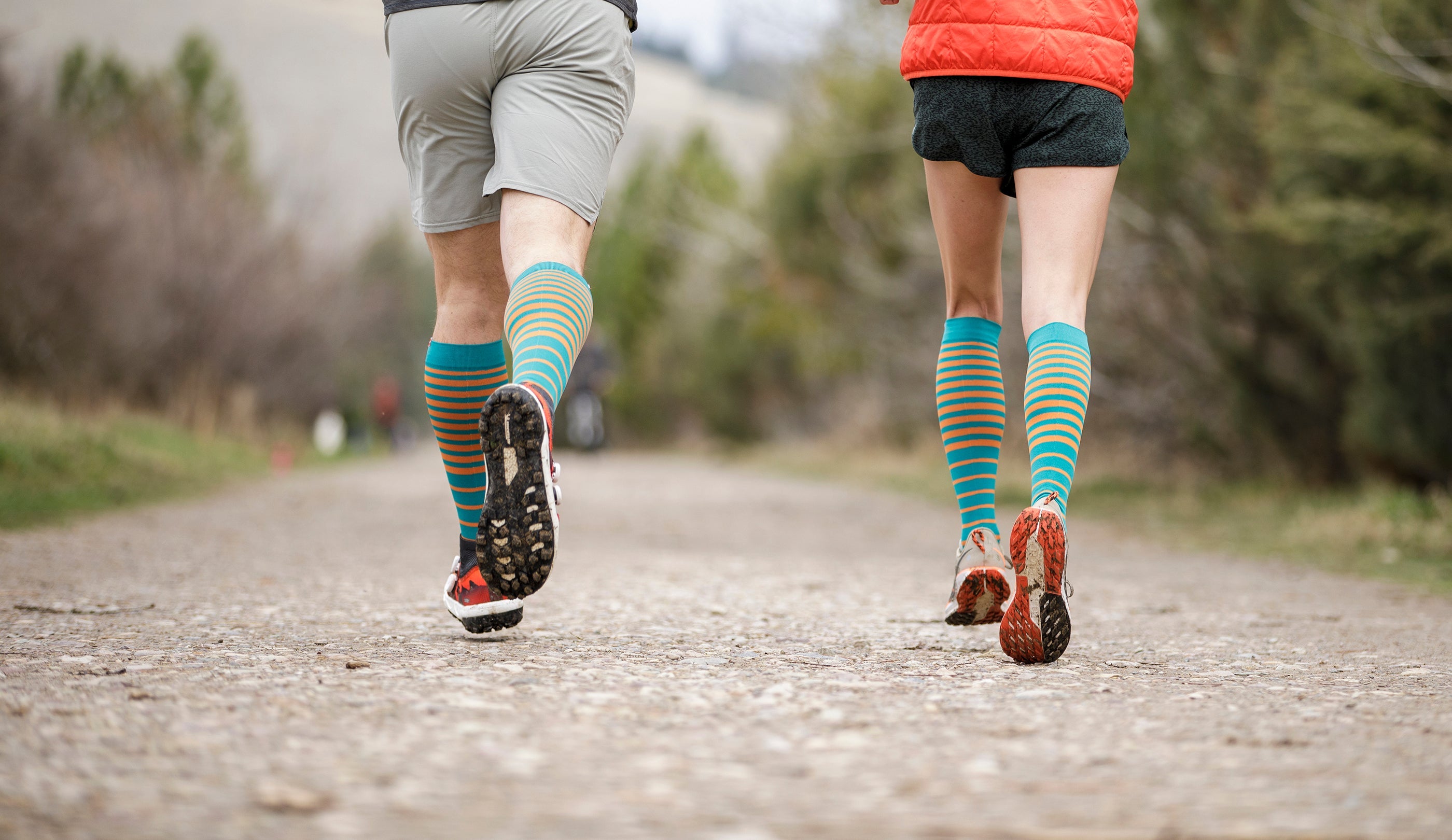
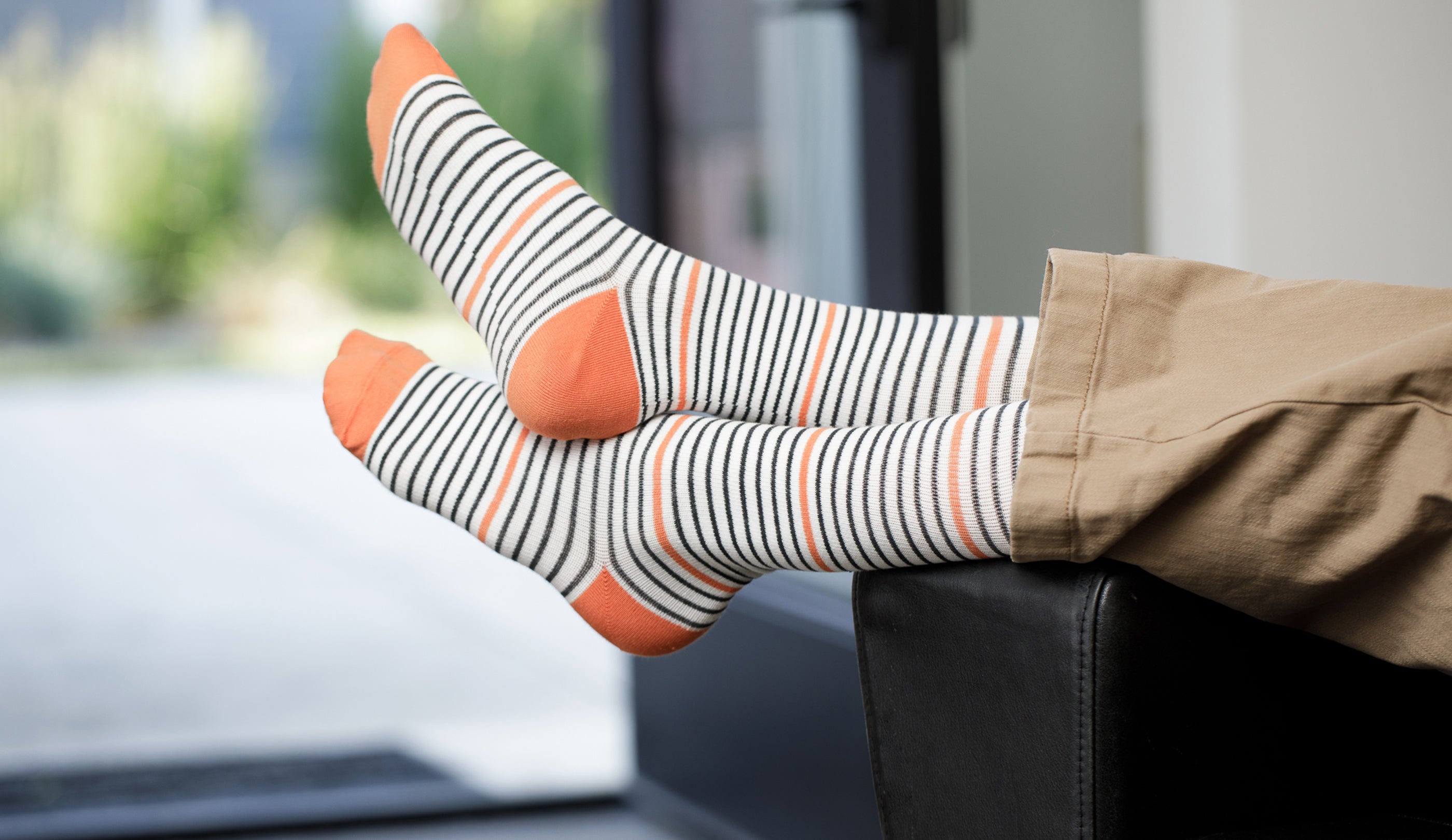

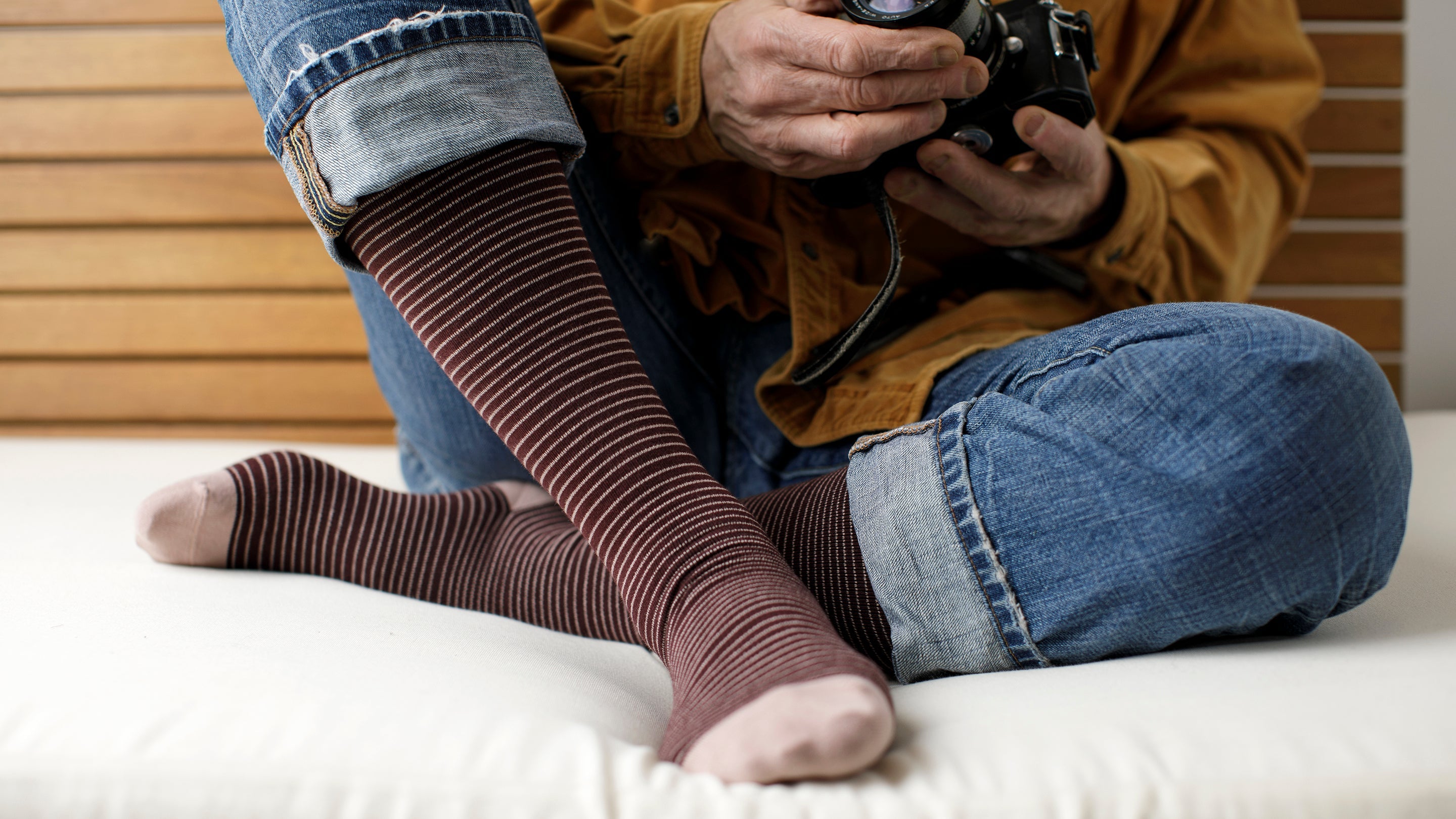



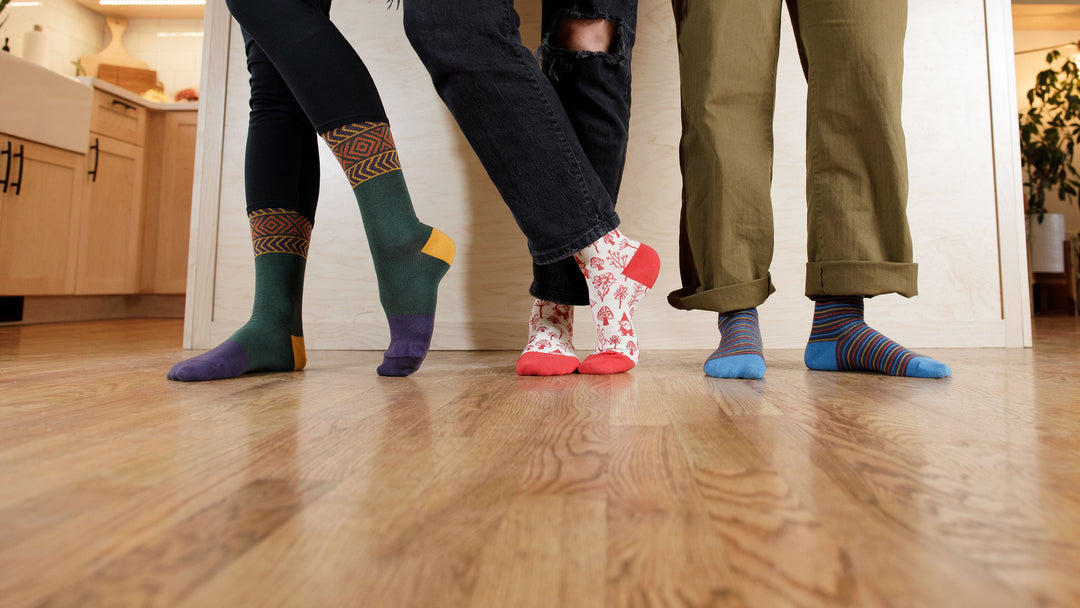

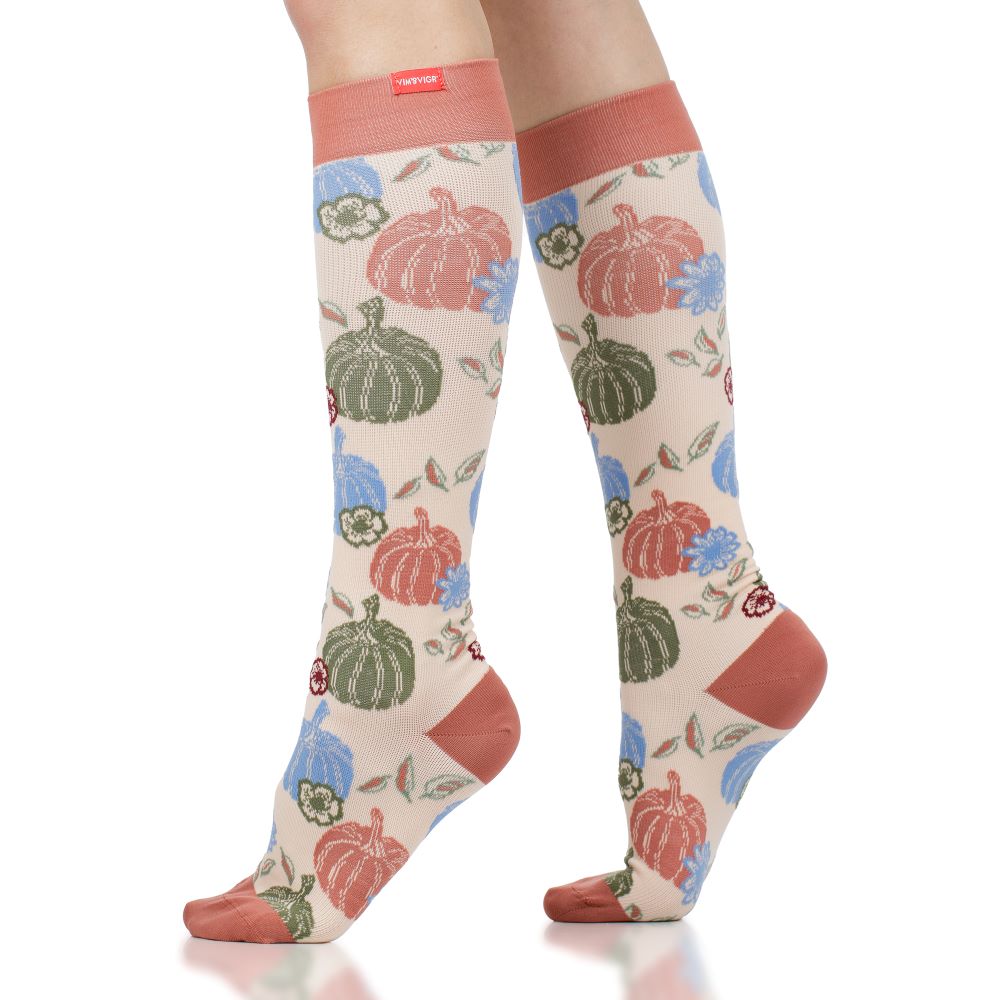
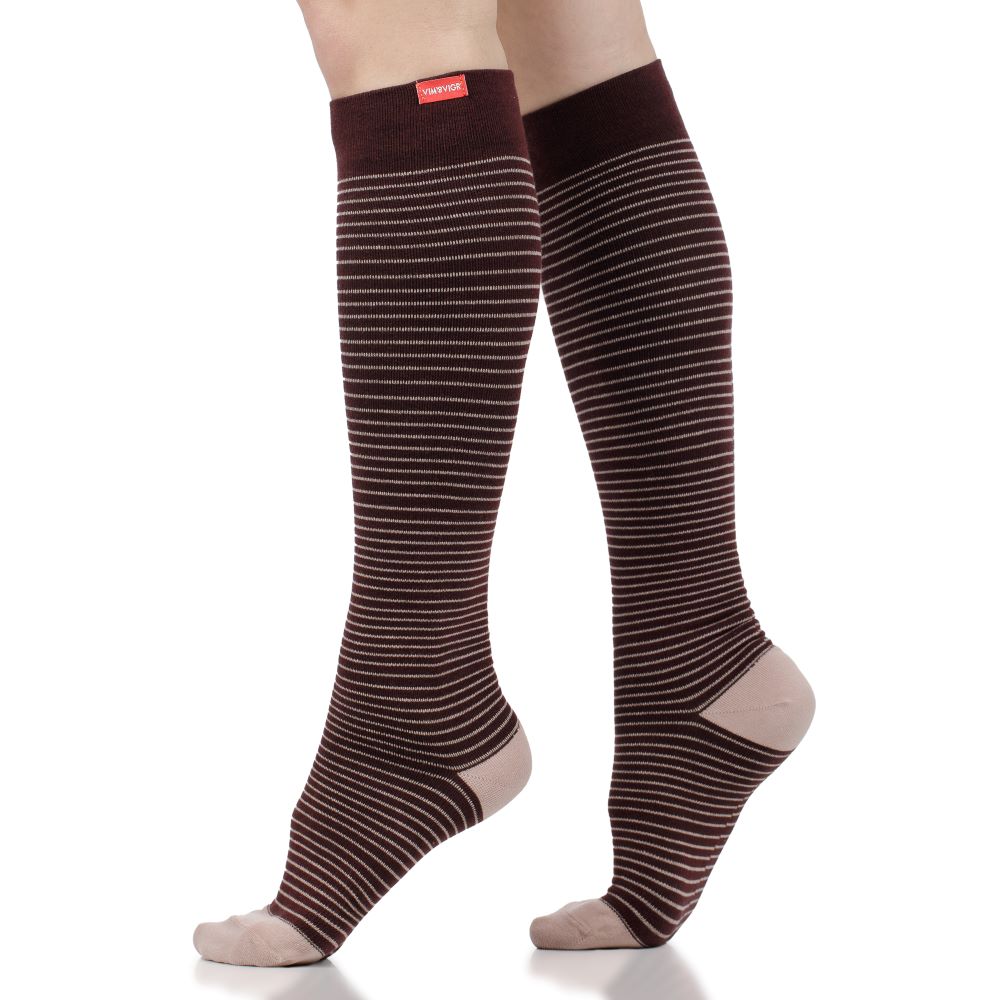
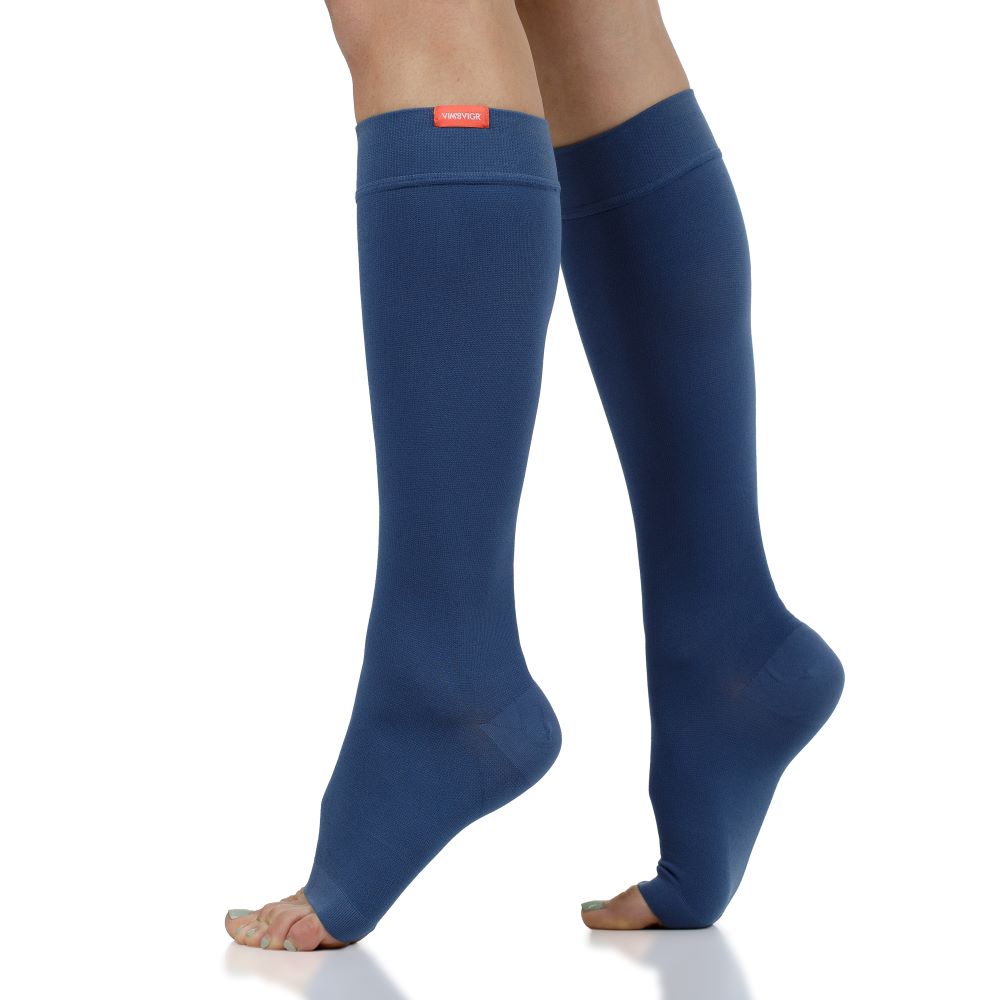




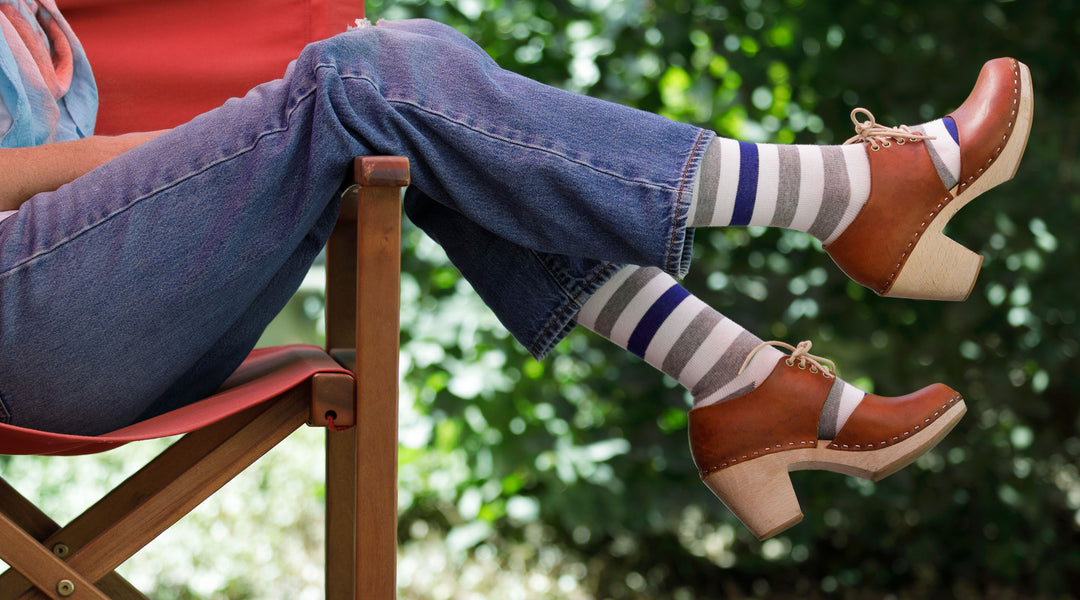
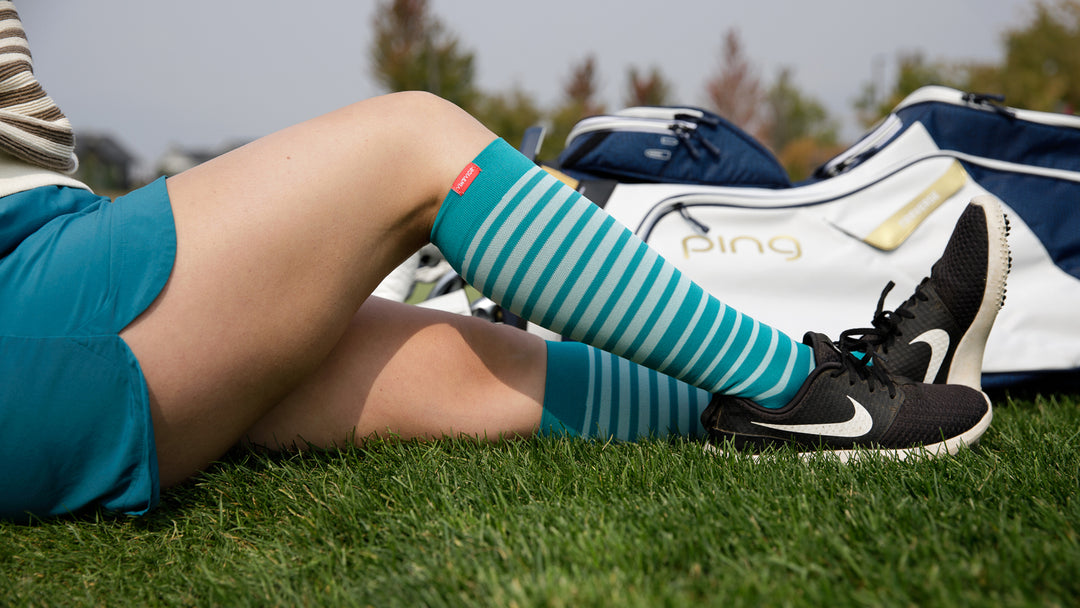
Leave a comment